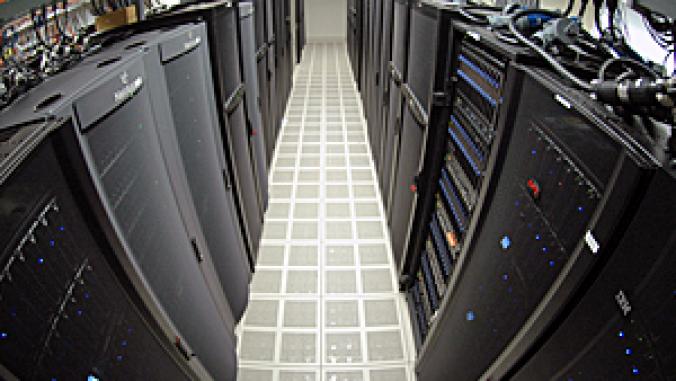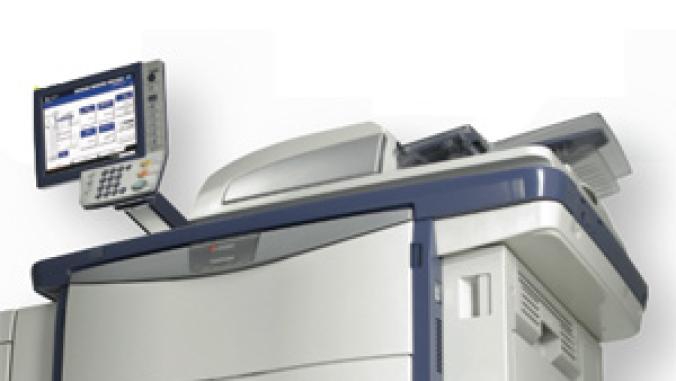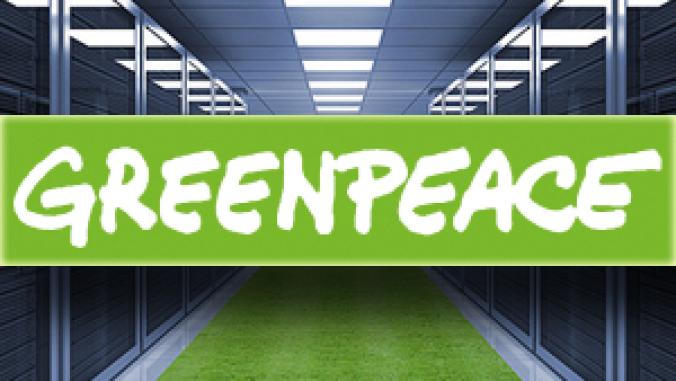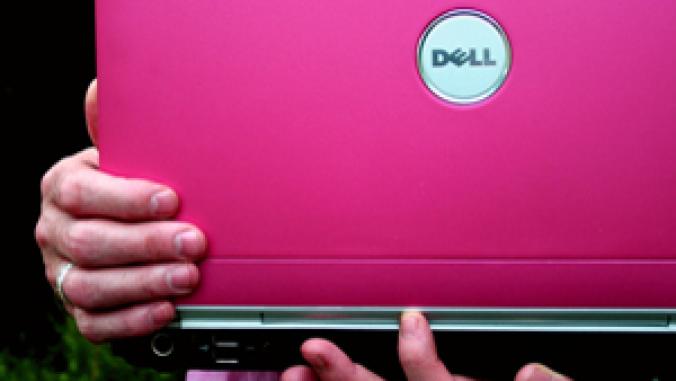Sony Europe's Takeback Program Shows Benefits, Saves Money
The electronics manufacturer saved over 400,000 euros by carefully managing and optimizing the takeback programs it participated in, according to a study in the Journal of Industrial Ecology.
The electronics manufacturer saved over 400,000 euros by carefully managing and optimizing the takeback programs it participated in, according to a study in the Journal of Industrial Ecology.
The study, by Kieren Mayers of the University of Surrey, examined how WEEE legislation and extended producer responsiblity (EPR) laws, which have been implemented in a variety of ways across Europe, have affected Sony Computer Entertainment Europe's (SCEE) recycling efforts both positively and negatively.
Mayers uses Sony as a case study for the benefits and challenges currently facing companies looking to comply with waste recycling laws. He cites in particular the complex nature of EPR laws, and the producer responsibility organizations (PROs) that companies work with to meet each country's individual laws.
There are more than 250 different PROs in Europe, Mayers estimates, and the markets these companies work in are generally either single-source, government-controlled companies, organizations competing by sector, or organizations that compete across all sectors.
Each of these companies offer different services at different cost, and one of the ways in which Sony was able to maximize the benefit of complying with takeback legislation was by systematically comparing services and making PROs compete for their business.
One of Sony's strategies to achieve this was realized by working with other electronics companies in the European Recycling Platform to push for a shift from sector-based or single-source PRO systems to a cross-sector competition. Mayer writes, "[t]he introduction of competition among PROs can result in substantial reductions in their prices. It has been reported, for example, that average PRO fees for packaging take-back in Germany fell from €350 per tonne in 2000 to €80 per tonne in 2004 following and as a direct result of the startup of competing PROs."
He notes also that PROs' WEEE costs for IT products in Austria fell from a high of €0.60 per kilogram sold in January 2005 to a low €0.11 per kilogram sold in June 2006 as a direct result of a price-bidding process following the start-up of four competing PROs.
Another, more complicated goal of WEEE and EPR legislation is to drive the development of environmentally benign design in all products, but especially electronics products.
"The aim of EPR for waste," Mayers writes, "is to ensure producers have economic incentives to design products with reduced environmental impacts at end of life." The same is true of WEEE's requirements for future waste, but Mayers notes that this goal has not yet been completely achieved, either by Sony or within any EU member state, primarily because of four main obstacles to design for environment:
The full case study, "Strategic, Financial, and Design Implications of Extended Producer Responsibility in Europe," has been made available for download to GreenerComputing readers by the Journal of Industrial Ecology. For more information, and to subscribe to JIE, visit MITPressJournals.org/JIE.
The study, by Kieren Mayers of the University of Surrey, examined how WEEE legislation and extended producer responsiblity (EPR) laws, which have been implemented in a variety of ways across Europe, have affected Sony Computer Entertainment Europe's (SCEE) recycling efforts both positively and negatively.
Mayers uses Sony as a case study for the benefits and challenges currently facing companies looking to comply with waste recycling laws. He cites in particular the complex nature of EPR laws, and the producer responsibility organizations (PROs) that companies work with to meet each country's individual laws.
There are more than 250 different PROs in Europe, Mayers estimates, and the markets these companies work in are generally either single-source, government-controlled companies, organizations competing by sector, or organizations that compete across all sectors.
Each of these companies offer different services at different cost, and one of the ways in which Sony was able to maximize the benefit of complying with takeback legislation was by systematically comparing services and making PROs compete for their business.
One of Sony's strategies to achieve this was realized by working with other electronics companies in the European Recycling Platform to push for a shift from sector-based or single-source PRO systems to a cross-sector competition. Mayer writes, "[t]he introduction of competition among PROs can result in substantial reductions in their prices. It has been reported, for example, that average PRO fees for packaging take-back in Germany fell from €350 per tonne in 2000 to €80 per tonne in 2004 following and as a direct result of the startup of competing PROs."
He notes also that PROs' WEEE costs for IT products in Austria fell from a high of €0.60 per kilogram sold in January 2005 to a low €0.11 per kilogram sold in June 2006 as a direct result of a price-bidding process following the start-up of four competing PROs.
Another, more complicated goal of WEEE and EPR legislation is to drive the development of environmentally benign design in all products, but especially electronics products.
"The aim of EPR for waste," Mayers writes, "is to ensure producers have economic incentives to design products with reduced environmental impacts at end of life." The same is true of WEEE's requirements for future waste, but Mayers notes that this goal has not yet been completely achieved, either by Sony or within any EU member state, primarily because of four main obstacles to design for environment:
- Appropriate infrastructure and processes still need to be developed;
- Targets and treatment requirements have not been specified in detail;
- Member countries have so far failed to fully implement or enforce future waste requirements: so far, only seven of 27 member states appear to have enacted both the WEEE Directive requirements for future waste and financial guarantees into national law.
- And at present, collective financing models do not provide design incentives, not having been developed in a way that gives producers that have invested in specific design changes any benefits from lower end-of-life costs.
The full case study, "Strategic, Financial, and Design Implications of Extended Producer Responsibility in Europe," has been made available for download to GreenerComputing readers by the Journal of Industrial Ecology. For more information, and to subscribe to JIE, visit MITPressJournals.org/JIE.




